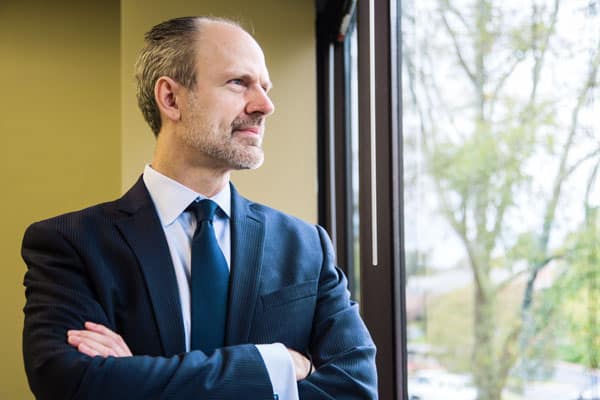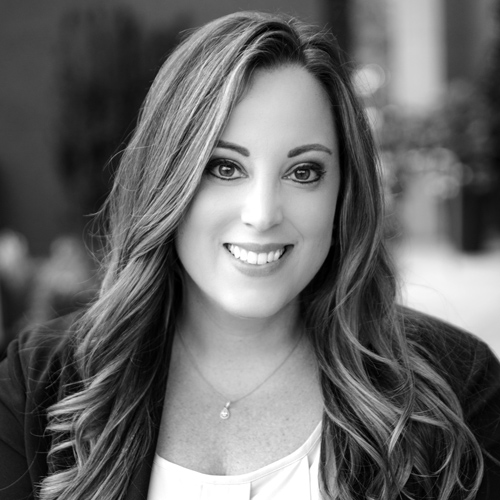Opioids were involved in nearly thirty-four thousand deaths in 2015 alone, according to the Centers for Disease Control and Prevention (CDC). And in the spring of 2017, based on preliminary government data, The New York Times estimated that there were roughly sixty-four thousand opioid addiction-related fatalities nationwide in 2016. This has made opioids the number one cause of preventable death in the United States.
It is against that backdrop that American Addiction Centers (AAC) is leading the charge to standardize the addiction treatment industry. According to Kirk Manz, chief financial officer of AAC, it has historically consisted of small-scale operations, frequently run by former addicts who got sober and are doing their best to help others.

“Mom-and-pop treatment providers are passionate and well-intentioned, but they frequently lack management experience, capital resources, or the underlying infrastructure to create a scalable and sustainable business,” Manz explains. “We believe the addiction treatment care model should be medically driven with on-site physicians, full nursing departments, comprehensive information systems, electronic medical records, quality physical environments, and treatment outcome studies, which are all standard in other healthcare specialties.”
In its quest to provide that high level of quality and consistency in nearly every region of the United States, AAC operates twelve residential treatment centers with about 1,400 beds (roughly four hundred more are planned for 2018) and eighteen outpatient facilities. In 2016, the company processed roughly twelve thousand residential admissions and fifty thousand outpatient visits, as well as achieved a 65 percent abstinence rate among clients who completed an initial two-month follow-up survey.
In spite of the ongoing opioid epidemic, Manz observes some positive signs, such as more addicts having health coverage and access to care than before. The stigma and perception of drug addiction as a moral failing is also evolving, with more people now recognizing it as a disease. And state legislatures, such as in Pennsylvania and Massachusetts, are taking further action steps to allow physicians to write prescriptions for treatment in the face of a public health emergency.
“Drug epidemics in the past had their greatest impact on populations without the political clout that the middle class has,” Manz says. “However, today it is the middle class suffering the most from opioid addiction, and that is putting political and media pressure on our industry to do more by offering greater accessibility and higher quality care.”
Michael Cartwright, CEO and chairman of the board for AAC and a recovering addict himself, was an early industry advocate for co-occurring treatment—simultaneously diagnosing and treating underlying mental health issues that can contribute to addiction. He began his career by treating homeless addicts suffering from schizophrenia. Foundations Recovery Network, which Cartwright founded, was also one of the first treatment organizations to attract venture capital; the company was sold to Universal Health Services in 2015. Cartwright also founded the Moments of Change conference, one of the first efforts to unify what was still a fragmented industry and to provide a forum for sharing best practices and treatments trends. The conference continues to this day.
He brings that same entrepreneurial spirit to AAC, which strives to provide consistency of care in a client-centered environment. Manz says that being a public, for-profit company brings certain pressures, such as reporting requirements and educating public shareholders and debt holders on the business aspects of treating addiction. But there are benefits as well.
“As the only public company solely focused on addiction currently, we are transparent in our financial statements and in our protocols for how we do what we do,” Manz says. “This enables us to differentiate from other providers.”
AAC’s client focus is supported by a business model that centralizes most financial and administrative activities. Financial controllers, billing and collections, and payroll are maintained at its Nashville, Tennessee, headquarters rather than at individual facilities. This reduces the number of full-time employees and introduces possibilities for economies of scale and competitive advantages for M&A opportunities. A single call center also enables staff to direct potential clients to an appropriate facility.
“The more business functions we can centralize, the more on-site staff can focus their energy and attention on clients,” Manz says. “Our priorities are to be as efficient as possible in getting clients to where treatment is available, providing the best possible care, and enabling each staff member to be exceptional in performing their part in the process.”
AAC is experiencing both clinical and business success in these efforts. Residential centers offer campus settings, medical wings and on-site physicians, and standardized detox protocols. Some sites also include additional treatment modalities such as equine therapy. In addition, the company has its own laboratory that is exclusively focused on the addiction industry and continually updates detection and identification of a changing list of synthetic opioids.
But even with extensive progress and positive changes in attitudes and in insurance reimbursement for care, the misconception of a one-month treatment solution persists. According to Manz, the “twenty-eight-day model” grew out of expediency and was partly based on how long military personnel could be away from their assigned base before the model was eventually adopted by insurers.
“One month of treatment is a start, but the data shows that longer lengths of stay lead to more successful outcomes,” Manz explains. “Like diabetes, there is no cure, but if you manage your behavior, take your medication, stay engaged with a support network, and change the people you spend time with, then you can manage the disease of addiction.”
As AAC grows and reaches out to more patients in need, Manz and his team are focused on diversifying to more locations, expanding the company’s acuity levels—such as hospital and outpatient settings—and establishing working relationships with a broader range of insurers, including Medicare and Medicaid.
“We want to be the best provider of addiction treatment services with the broadest reach,” Manz says. “When an addict enters our facility seeking treatment, we don’t call that an admit like in other areas of healthcare. We call that a rescue. We are in the rescue business.”
Photo: Perry Jenkins

